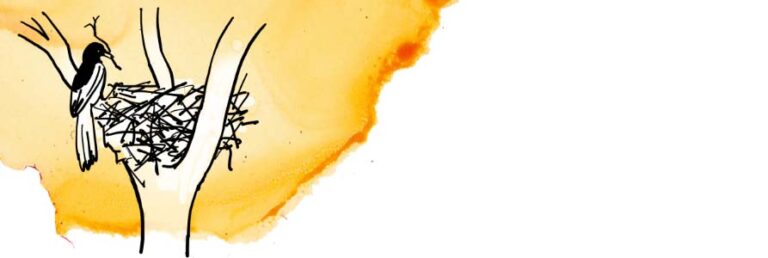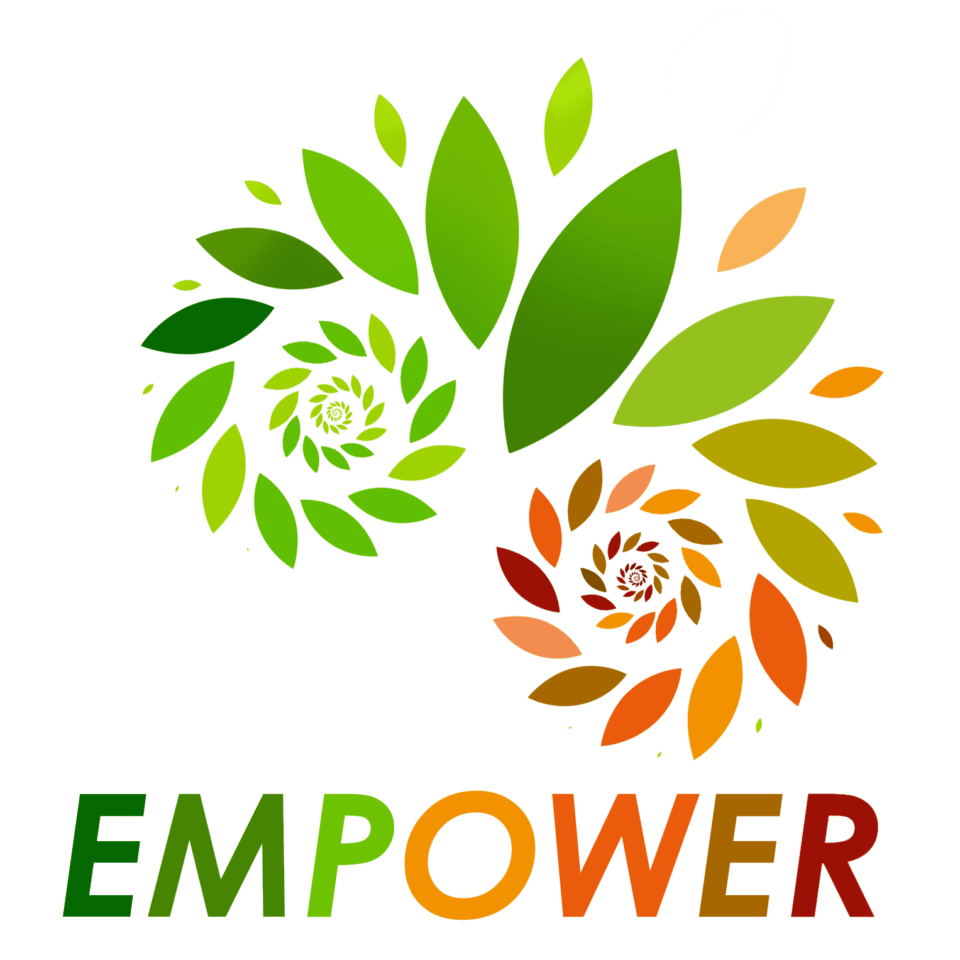Fast Prioritization
What is Fast Prioritization about ?
Create a list of options. Each participant gets the same number of dots (votes), often six, to indicate their preferred option(s). The options with the most votes ‘win’.
Whenever a list of options needs to be shortened, by consensus.
Audience
Is participant experience relevant for Fast Prioritization ?


Audience description for Fast Prioritization
Any group that is faced with an unreasonable number of options and needs to prioritize.
Requirements
How to prioritize among numerous options?
Prepare a list with possible options to vote upon.
The list of options may emerge from a prior exercise, for instance using Devil’s Advocate or Nominal Group Technique.
Online
Material for
Provided everyone has pens and paper/sticky notes, preparation time is 0 minutes.
Impact

project

ERASMUS +
Co-funded by the Erasmus+ Program of the European Union. Find more information about the program and its goals here: https://erasmus-plus.ec.europa.eu/.
Views and opinions expressed are however those of the author(s) only and do not necessarily reflect those of the European Union or the European Education and Culture Executive Agency (EACEA). Neither the European Union nor EACEA can be held responsible for them.

Creative Commons license:
CC-BY-SA You are free to distribute, remix, adapt, and build upon the material in any medium or format, even for commercial purposes with mention of the source: Transformation Hosts International, www. hostingtransformation.eu. If you remix, adapt, or build upon the material, you must license the modified material under identical terms.




